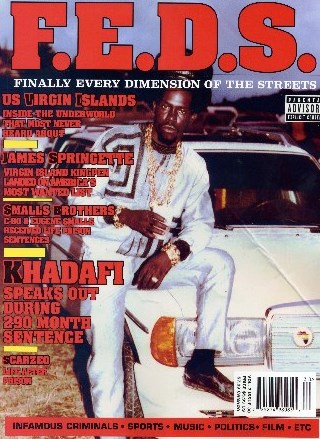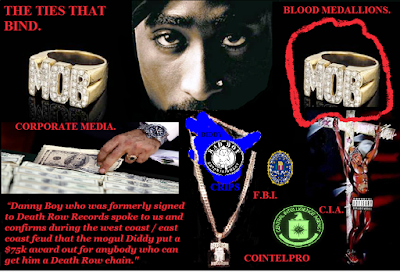Caribbean Gang Franchises linked operationally to Mexican Transnational Criminal Organizations.
I indicated since 2003 that the Mara Salvatuchra or MS 13 , and the Trinitarios (the Dominicano gang active throughout the US , St Thomas, St Croix, Belize and peripherally through proxies in some Antillean islands), are the proxies of some powerful Mexican “narco-cartels” . Increasingly Caribbean gangs are as I have stated previously, displaying certain characteristics most often associated with terrorist organizations i.e. kidnappings used as a political bargaining chip whilst simultaneously using kidnapping as a revenue stream, their use of highly sophisticated military grade weapons, tactics of dismemberment of rivals and even civilians as a means of sowing terror and fear in their opposition, local populations and the elite within the state apparatus.
Drug trafficking is viewed as a primary threat to citizen security and U.S. interests in Latin America and the Caribbean despite decades of anti-drug efforts by the United States and partner governments. The production and trafficking of popular illicit drugs—cocaine, marijuana, opiates, and methamphetamine—generate a multi-billion dollar black market in which Latin American criminal and terrorist organizations thrive. These groups challenge state authority in source and transit countries where governments are often fragile and easily corrupted. Mexican drug trafficking organizations (DTOs) largely control the U.S. illicit drug market and have been identified by the U.S. Department of Justice as the “greatest organized crime threat to the United States.” Drug trafficking-related crime and violence in the region has escalated in recent years, raising the drug issue to the forefront of U.S. foreign policy concerns.
October 2015
DEA-DCT-DIR-008-16
This product was prepared by the DEA Strategic Intelligence Section.
Comments and questions may be addressed to the DEA Office of
Public Affairs at (202) 307-7977.
Trafficking Activities Dominican trafficking organizations are primarily
active in the transportation and distribution of cocaine and heroin in cities along the East Coast. Dominican traffickers typically serve as cocaine and heroin distributors for Mexican and Colombian trafficking organizations. Boston, Massachusetts: Dominican traffickers continue to dominate heroin distribution in the region. Local Dominican traffickers acquire heroin from Mexican sources on the Southwest Border, Dominican sources in New York, and South American sources via mail. New Jersey: Dominican traffickers handle retail-level distribution of cocaine for Colombian TCOs and also supply local street gangs, who handle street-level distribution. Dominican organizations smuggle heroin into the United States by couriers who conceal heroin bundles on their persons, in their apparel, or in their luggage and then board commercial flights into Newark Liberty International Airport.
New York: Dominican traffickers are the dominant retail distributors of cocaine in the New York metropolitan area. Reporting also indicates Colombian and Mexican TCOs rely on Dominican traffickers to assist in the transportation of heroin throughout New York, New Jersey, Pennsylvania, Connecticut, and Massachusetts. Dominican trafficking organizations use couriers to smuggle heroin directly into John F. Kennedy (JFK) International Airport in New York City from the Dominican Republic.
Philadelphia, Pennsylvania: Local Dominican organizations dominate the midlevel distribution of cocaine and often bridge the gap between Philadelphia-based criminal organizations and Dominican sources of
supply in New York. The Dominicans in the eastern states in the US like New York, New Jersey, Philadelphia et.al have a well-established heroin distribution and supply network. The foot-soldiers on the street level is the Dominican Gang, Los Trinitarios. A huge gang whose MO is brutal graphic violence, with a machete. The Trinitarios like to get up close and personal, anyone who have witnessed that type of brutality knows that it leaves victims if they do survive, without a limb or two and deeply, severely scarred for life. The machete attack is a Caribbean-wide method of mutilation and murder, by choosing the machete as their preferred weapon of choice on the street level, the Trinitarios are clearly separating themselves from other gangs in America, signaling their penchant for close quarter fighting, with a brutally graphic deadly outcome.






.jpg)
Comments
Post a Comment